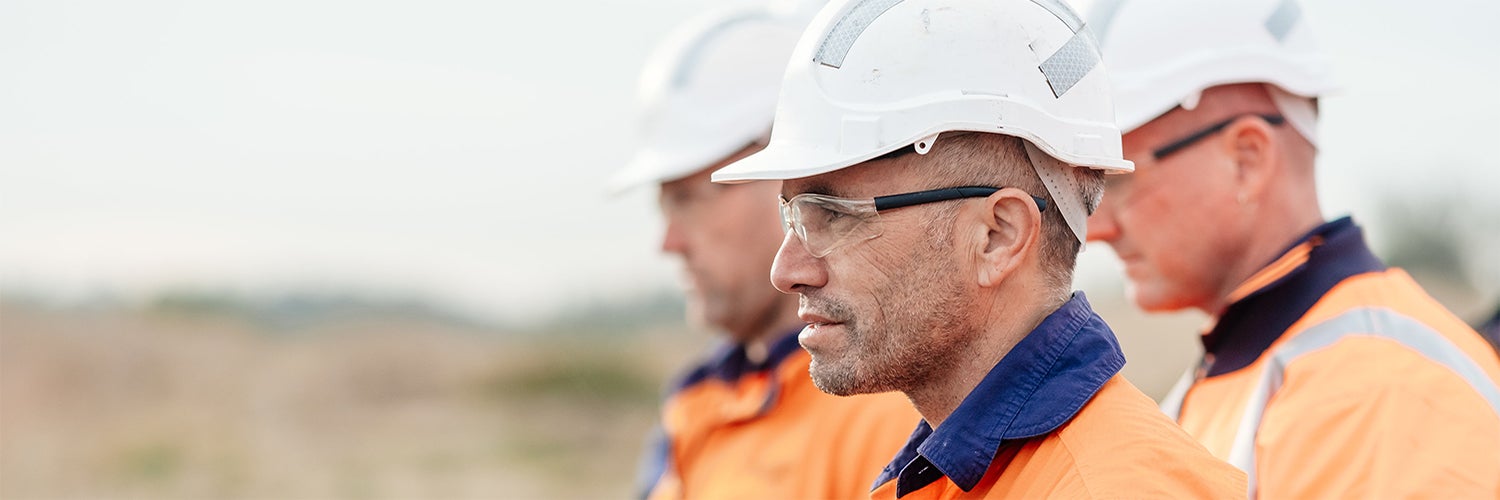Page
OPINION: Four year analysis shows local mining pumped $21.6 billion into the Hunter economy
A version of this opinion piece originally featured in the Newcastle Herald on Tuesday 15th March 2016
The recent job cuts announced by several Upper Hunter mines are an unfortunate reminder of just how tough things currently are for the mining sector in NSW. However despite these tough times, mining activity in the Hunter continues to underpin the regional economy.
There’s no pretending that the local mining sector hasn’t been impacted by some of the worst commodity prices in decades. This downturn has clearly hurt the Hunter region. Thousands of mining jobs have gone over the last few years, and the the economic impact has also spread across other local businesses and industries that rely on local mining spending.
However, an analysis of the direct contribution of mining to the Hunter over the last four years highlights an industry with the structural depth to withstand current challenges and make a significant ongoing economic contribution to the Hunter.
Every year for the last four years the NSW Minerals Council has surveyed our member companies on how much they spend in NSW and where they spend it. Specifically, we’ve asked how much mining companies spend on wages in NSW, as well as how much they spend on business purchases in NSW. This information has been provided to us by postcode, enabling us to analyse it locally.
The survey results have found that over this four year period the total direct spending contribution of mining in the Hunter has been a staggering $21.6 billion. This has included $5.9 billion in wages to Hunter miners, as well as $15.5 billion spent on purchases with Hunter businesses.
Interestingly, the figures show that while mining spending in the Hunter fell in the last financial year, it was still higher last year than four years ago when the survey was first conducted.
Mining company payments to Hunter councils have also risen over this period. In 2012-13 Hunter miners paid $17.5 million to local councils. Last financial year this rose to $24.4 million.
And despite the tough conditions currently being experienced by our miners, the industry has remained a strong supporter of Hunter community groups. In 2012-13, mining companies in the region contributed financially to 449 local community groups. four years later the industry is financially contributing to 586 community groups.
This spending data demonstrates that despite the current challenges, mining has a solid future in the Hunter, backed by a forecast increase in demand for NSW coal over coming years.
Last financial year demand for NSW coal in India rose by around 110%. In its Mid-term Market Report, the International Energy Agency (IEA) estimated that India’s coal imports will rise by 6.2% per year and that India will replace China as the largest importer of coal over the coming year.
In the same report, the IEA forecast that Australia will be the strongest beneficiary of this increased demand, with a growing share of the seaborne coal market. This is good news for the Hunter, home to the world’s largest coal export port, and shows that with the right policy settings, mining can continue to make a big economic contribution to the Hunter for decades to come.

